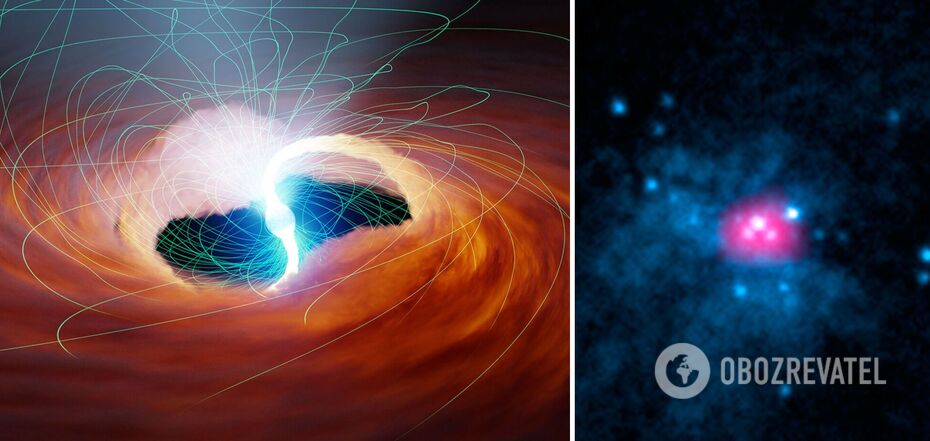Life
NASA discovers object 10 million times brighter than the Sun: its existence defies explanation
The space object M82 X-2, which belongs to what scientists call ultraluminous X-ray sources (ULX), shines about 10 million times brighter than the Sun. The scientists who observe it are puzzled because, according to all the laws of physics, such an object should explode, but it does not.
Scientists reported on the observation of such an object using the NuSTAR X-ray telescope in The Astrophysical Journal. Astrophysicists noted that the observed ULX violates a physical law called the Eddington limit. The essence of this law is that there is a relationship between the brightness of an object and its mass. Therefore, when an object's brightness exceeds its mass, the object must explode.
However, ULXs observed by scientists, as NASA noted, "regularly exceed this limit by 100-500 times, leaving scientists baffled."
The new observations confirmed that M82 X-2 is definitely too bright. Previously, scientists even assumed that they were dealing with an illusion of extreme brightness, but the new study shows that this is not the case - this ULX really does significantly violate the Eddington limit.
Initially, scientists thought that ULXs might be black holes, but M82 X-2 is a neutron star, that is, the dead core of a star like the Sun.
A neutron star is such a dense object that the gravity on its surface is about 100 trillion times stronger than the gravity on Earth. This means that any object that falls on the surface of a dead star under the influence of gravity will trigger an explosion.
As NASA explains, a piece of marshmallow on the surface of a neutron star will cause an explosion equal to the explosion of a thousand hydrogen bombs.
Scientists have learned that the bright glow of M82 X-2 is due to the fact that ULX is extremely voracious and consumes about 1.5 Earth masses every year, sucking it out of a neighbouring star. When the material from the star hits the surface of the neutron star, it is enough to create an extraordinary brightness.
The researchers are convinced that if M82 X-2 existed according to the Eddington limit law, it would have exploded by now, but something is happening at this object that allows it to violate this limit.
Astronomers suggest that the intense magnetic field of a neutron star modifies its atoms, allowing the star to remain intact even though it is getting brighter and brighter.
"These observations allow us to see the effects of these incredibly strong magnetic fields, which we could never reproduce on Earth with current technology," said Matteo Bacchetti, an astrophysicist at the Cagliari Astronomical Observatory in Italy, who is the author of the study.
Earlier OBOZREVATEL told that NASA recorded a superpower explosion that shook the entire cosmos.
Subscribe to OBOZREVATEL's Telegram and Viber channels to keep up with the latest news.



























